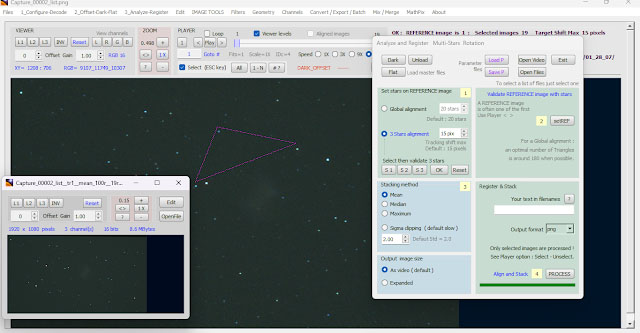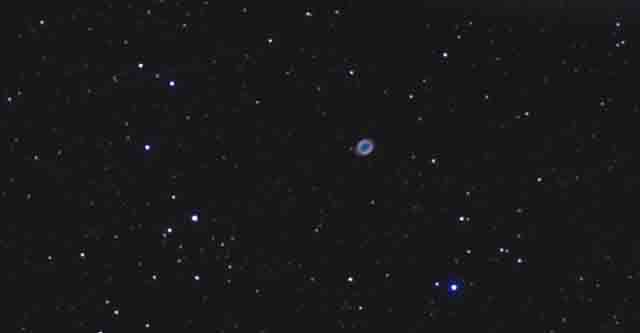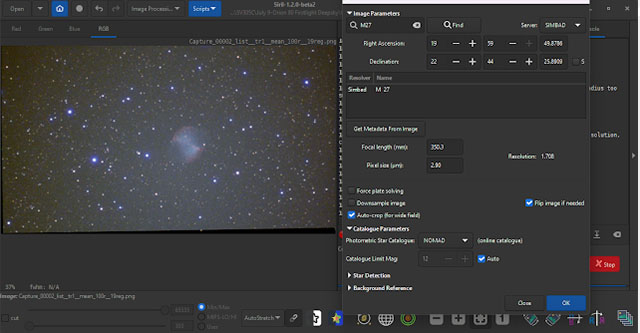
Figure 7b: Processing M27 Dumbell Nebula using Siril color calibration
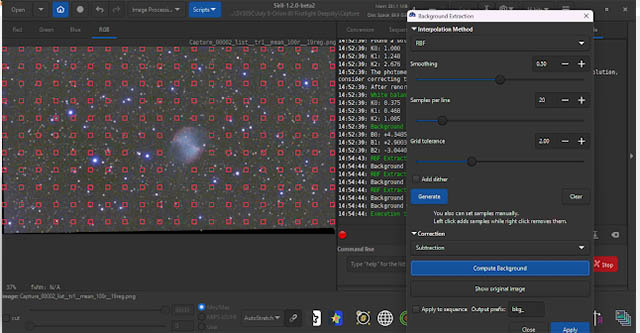
Figure7c: Processing M27 Dumbell Nebula using Siril Background extraction
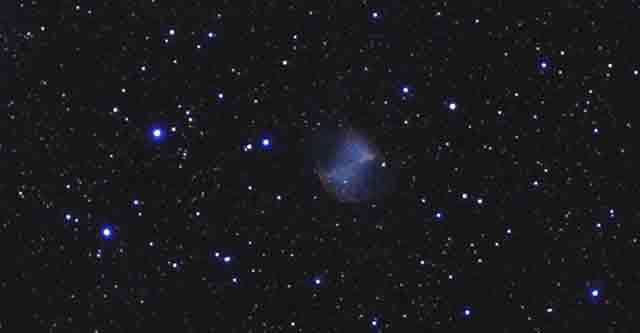
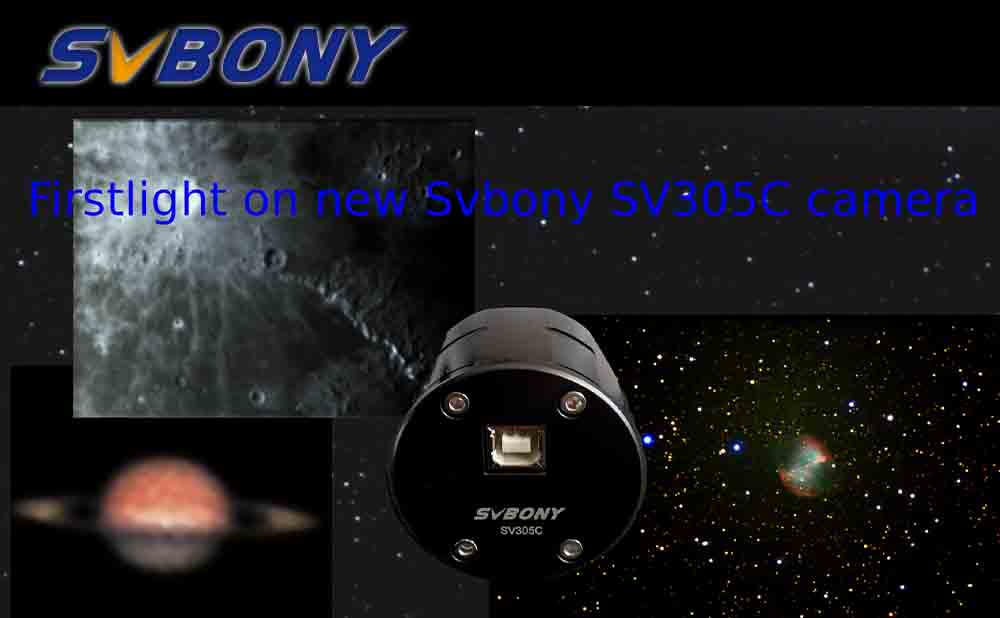
Grant Sorensen is the reviewer we invited this time. He used the SV305C to shoot planets and nebulae in just a few days of precious sunny nights and shared his real feelings with us, and made serious comments and comparisons. This blog is definitely precious to us and hope this is helpful to you. The following content comes from his sharing, welcome your comments and forwarding!
Greetings fellow astronomers. I recently purchased the new Svbony SV305C planetary camera as a upgrade to my old T7C astro camera (ZWO ASI120 clone) which is now many generations old in terms of sensor technology. This new camera is also a upgrade from the old Svbony SV305 camera which is based on the original Sony IMX290 sensor a best seller for sure. The new SV305C uses the relatively new Sony IMX662 sensor released in mid 2022. The new Svbony SV305C camera has several new technologies built into the sensor such as backlight sensor technology which gets rid of amp glow so the image brightness is completely uniform (Sony STARVIS 2). The new IMX662 sensor also has a much lower noise floor compared to older sensors such as my old camera and the ZWO ASI120MC-S camera which both have the old ARC0130CS sensor (see figures 1 and 2 below actual dark frame images). The new IMX662 sensor in the SV305C camera has a much higher fullwell capacity and built in at the hardware level HCG noise reduction which allows it to do deepsky imaging of clusters, nebulas, galaxies etc as the noise level is much lower and uniform and the images are much easier to process. Because of the high fullwell capacity (38K) in the new camera it can take long exposures and not oversaturate easily much like the higher end cameras can. I am on a pretty tight budget and this camera definately fits the bill for me costing around $160 bucks US and allows me to do planetary and deepsky nicely it seems. The cost of this new camera is about the same low cost of the older Svbony SV305 when it was first released so it seems like a good upgrade and deal actually. So with all this technology hype and talk how does this camera really perform? How well does it work for imaging planets? Can this new Svbony camera really actually do a decent job of deep sky imaging? Well lets test it and find out....please read on.

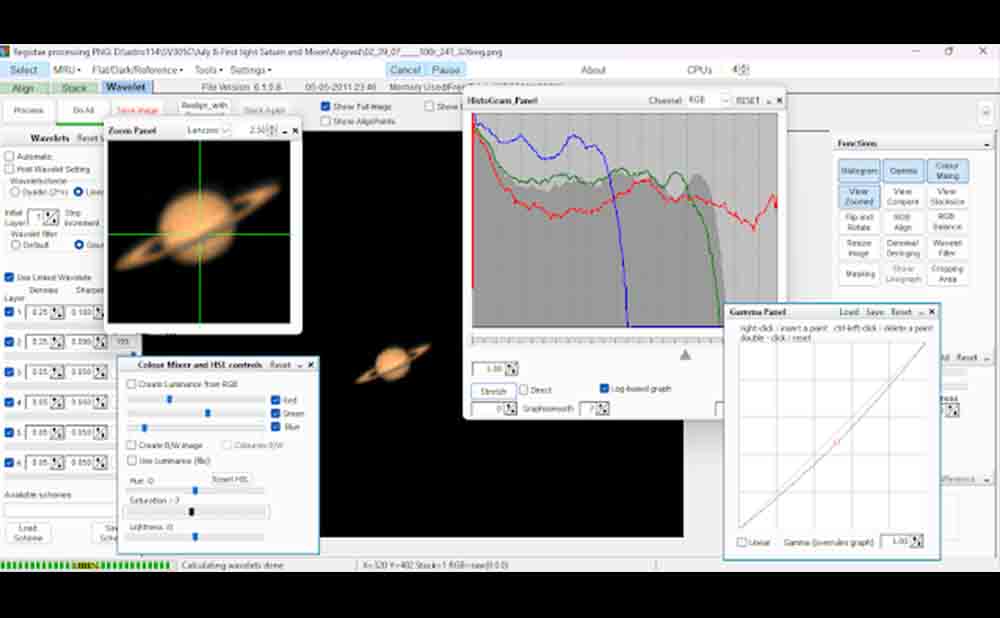
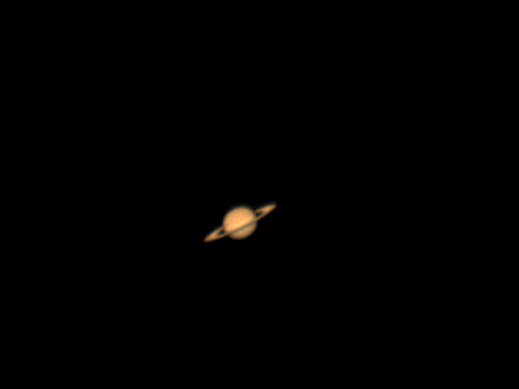
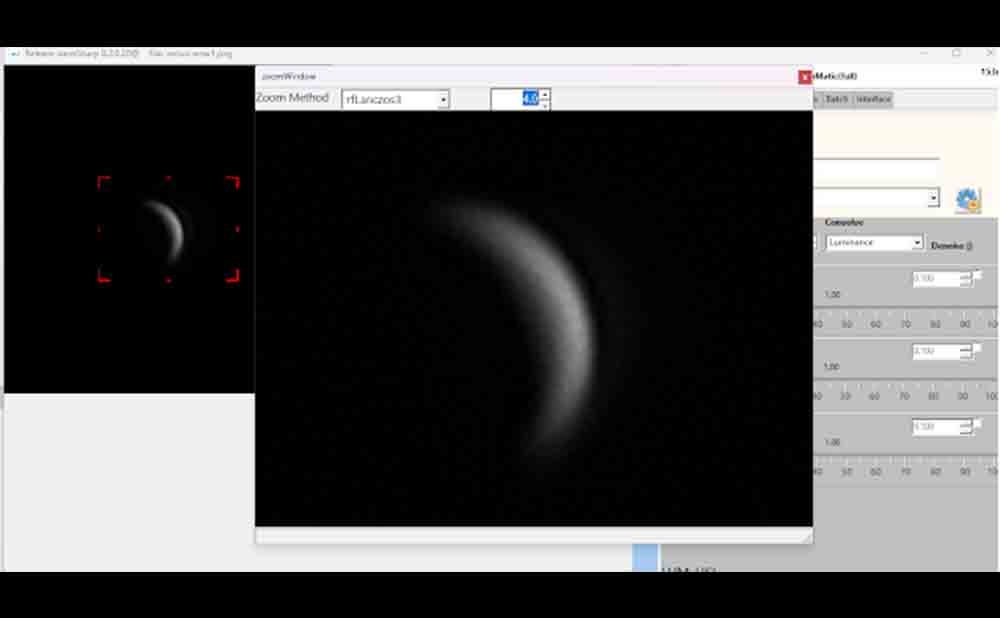
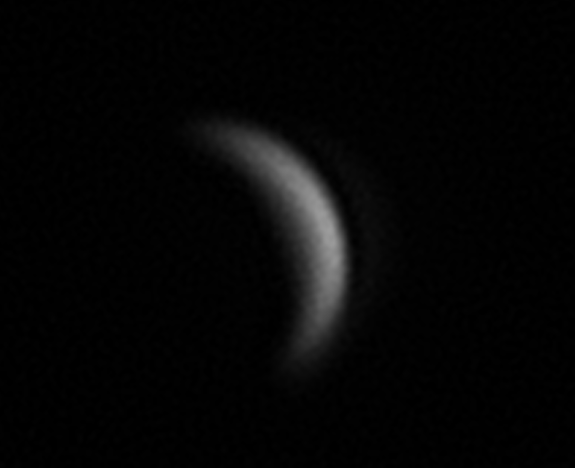
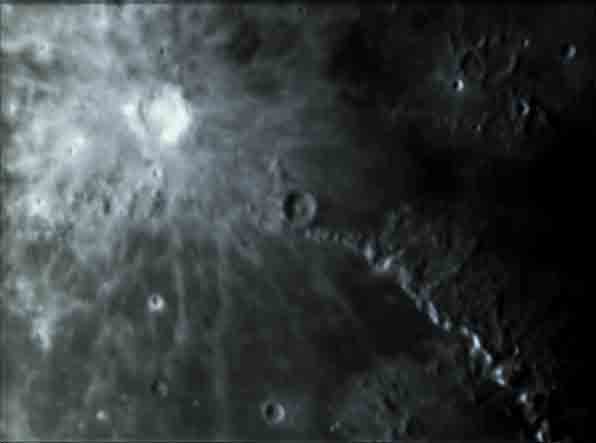
What do you think? You be the judge of some of the samples shown? Looks pretty decent to me considering the conditions they were taken in and I am sure this new camera will even produce much better images with better color and detail under better seeing conditions.
Deep Sky Imaging with the Svbony new SV305C camera
